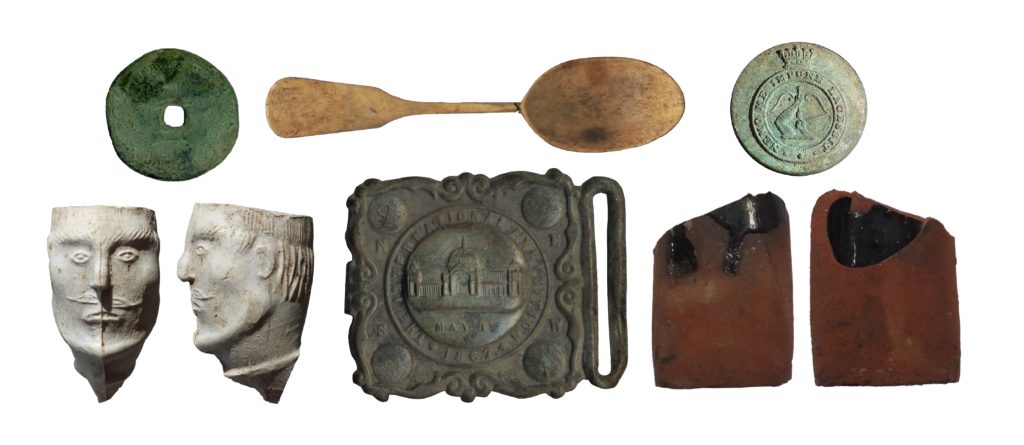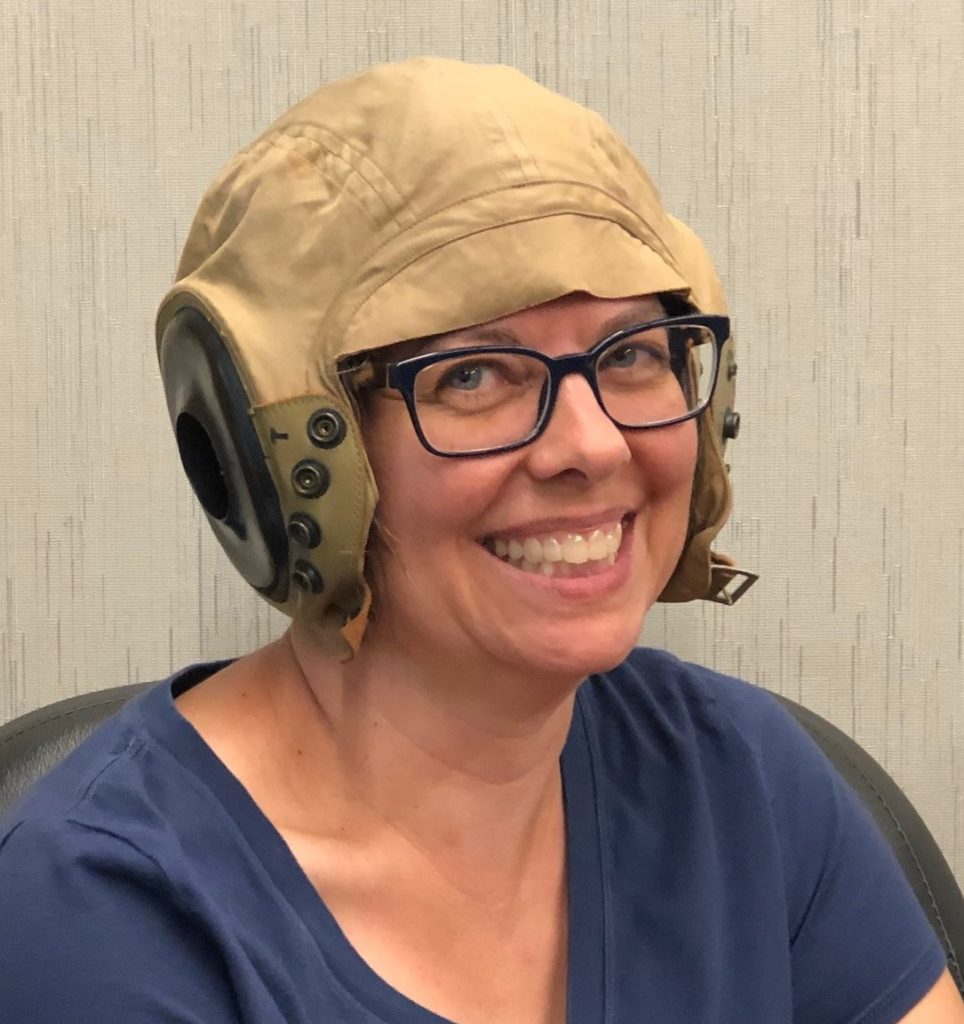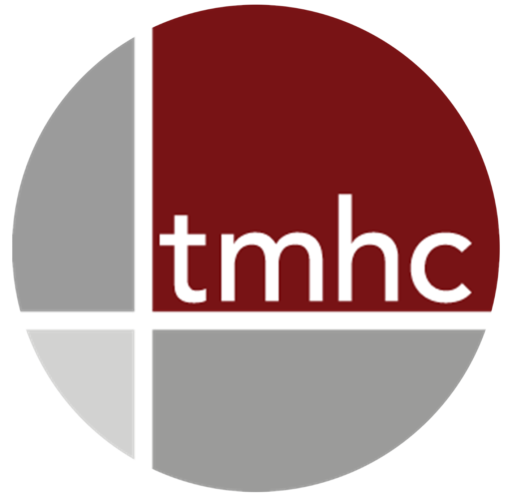International Women's Day 2020
In her own words...
- Nicole Brandon
I chose archaeology as a profession because it combined my academic interests with my personal hobbies. My journey began at Wilfrid Laurier University where the profs were enthusiastic and encouraging. At the time, I was learning about Canada’s First Peoples. The trajectory of my career path changed one summer when I ventured east and took a job excavating at the Fortress of Louisbourg NHS in Nova Scotia. The reconstructed 18th-century town was enchanting, and the incredible variety of artifacts discovered daily was nothing short of amazing. I was hooked. Louisbourg was the inspiration to do a material-culture based M.A. thesis, which eventually landed me at TMHC as a material culture analyst and the lab manager.

What I love most about my job is the research and the endless learning potential. Every excavation presents an opportunity to uncover an interesting, unique, or bizarre artifact. Then the hunt for answers begins, and I never know where the research will take me. From New France to colonial Newfoundland, to the War of 1812, to a Scottish farm in rural Ontario, to the urban streets of Toronto where Black freedom seekers settled… I am learning the stories that shaped this country, one artifact at a time.
 Every excavation presents an opportunity to uncover an interesting, unique, or bizarre artifact. Then the hunt for answers begins, and I never know where the research will take me.
Every excavation presents an opportunity to uncover an interesting, unique, or bizarre artifact. Then the hunt for answers begins, and I never know where the research will take me.
I would be remiss if I didn’t comment on the gender disparity in archaeological labs, which tend to be populated by women. There was a time when women archaeologists were discouraged from working in the field. It was more acceptable to the men that their female colleagues work in the lab, washing and sorting the artifacts the men had excavated. Today there are equal numbers of women and men in the field, and lab work is so much more than washing and sorting. Some women choose the lab not because they can’t do the fieldwork (of course they can), but because they love artifacts, or the schedule works better for their families. I don’t know why men don’t choose the lab, but they are certainly welcome to join us.
